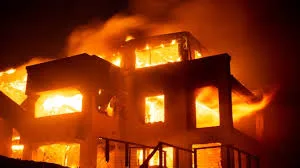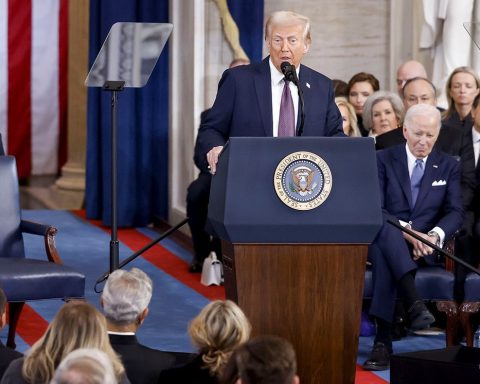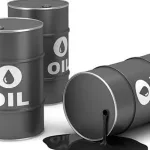The Los Angeles wildfires have been burning through some of the city’s most valued areas, leaving residents and officials grappling with the causes and consequences.
As multiple blazes rage on, understanding what ignited these fires is key to preventing future disasters.
Join our WhatsApp ChannelLos Angeles Wildfires: Where Are They Burning?
Several major fires ignited this week across Los Angeles County:
- Palisades Fire: Around 17,000 acres burned in the Pacific Palisades.
- Eaton Fire: Approximately 10,600 acres affected north of Pasadena.
- Hurst Fire: About 850 acres scorched at the northern edge of the San Fernando Valley.
- Lidia Fire: 350 acres burned near Acton, just north of Angeles National Forest.
- Sunset Fire: Roughly 43 acres in Hollywood Hills, with evacuation orders lifted after containment efforts.
Investigating the Causes of the Los Angeles Wildfires
Officials have not yet determined the causes of these fires. Edward Nordskog, a retired fire investigator, explained that investigations usually start once it is safe to enter the area. “They don’t start an investigation until it’s safe to go into the area where the fire started, and it just hasn’t been safe until probably today,” he noted.
READ ALSO: California Wildfires: Major Health Risks of Toxic Chemicals to Residents
Nordskog highlighted common wildfire causes in Los Angeles, such as power lines and sparks from vehicles or equipment. He mentioned that urban fires are often easier to investigate due to the presence of witnesses and surveillance footage.
Comparing Current Los Angeles Wildfires to Past Incidents
The current fires have burned around 27,000 acres, unlikely to become the largest in California’s history but potentially among the most destructive. The Palisades and Eaton fires have already damaged approximately 2,000 structures. These fires may also be some of the most costly, with damages possibly reaching $57 billion, according to Accuweather.
Factors Contributing to the Los Angeles Wildfires
While the exact causes are still unknown, several factors have created ideal conditions for wildfires:
Santa Ana Winds
Jon Keeley, a research scientist, explained the role of Santa Ana winds, which this week reached speeds of 60 to 70 miles per hour. “More severe than is normal, but not unique,” Keeley said, referencing similar conditions during the 2017 Thomas Fire.
Drought Conditions
Southern California is experiencing extreme drought, with less than half an inch of rain since July. Keeley noted that this drought has left vegetation extremely dry, making it more susceptible to fire.
Climate Change
Climate change likely exacerbates these conditions. Patrick Brown, a climate scientist, pointed out that the Los Angeles area is about 3°C warmer than in preindustrial times, which contributes to drier conditions and more intense fires.
Understanding the Future of Los Angeles Wildfires
The investigation into the causes of the current fires continues, but the combination of strong winds, dry conditions, and climate change suggests that such events may become more frequent and severe in the future.
Emmanuel Ochayi is a journalist. He is a graduate of the University of Lagos, School of first choice and the nations pride. Emmanuel is keen on exploring writing angles in different areas, including Business, climate change, politics, Education, and others.
- Emmanuel Ochayihttps://www.primebusiness.africa/author/ochayi/
- Emmanuel Ochayihttps://www.primebusiness.africa/author/ochayi/
- Emmanuel Ochayihttps://www.primebusiness.africa/author/ochayi/
- Emmanuel Ochayihttps://www.primebusiness.africa/author/ochayi/


















